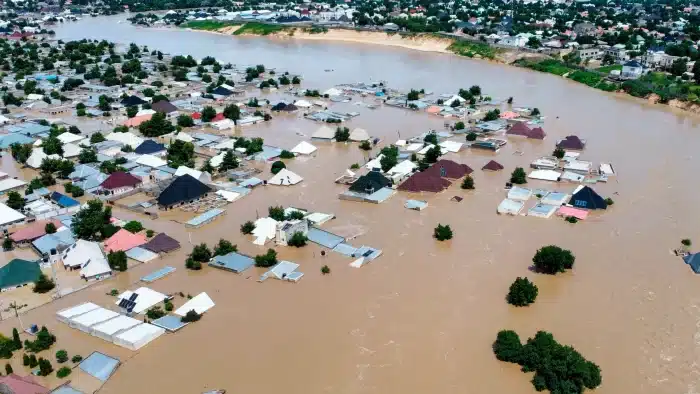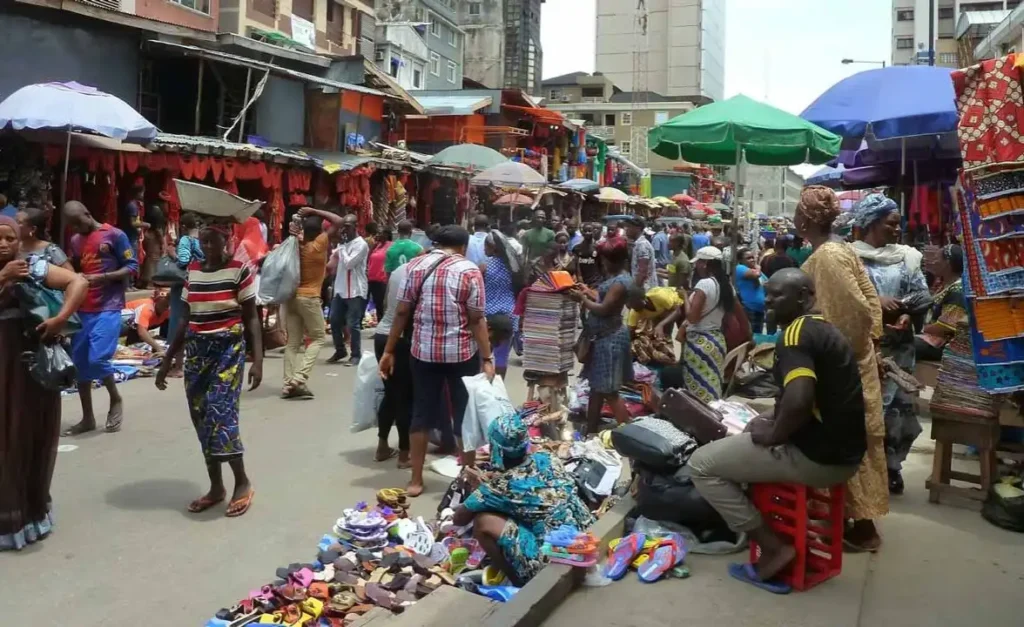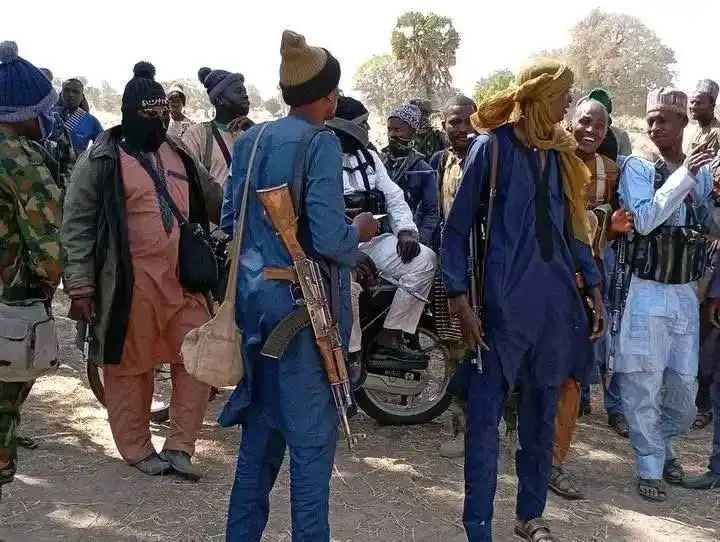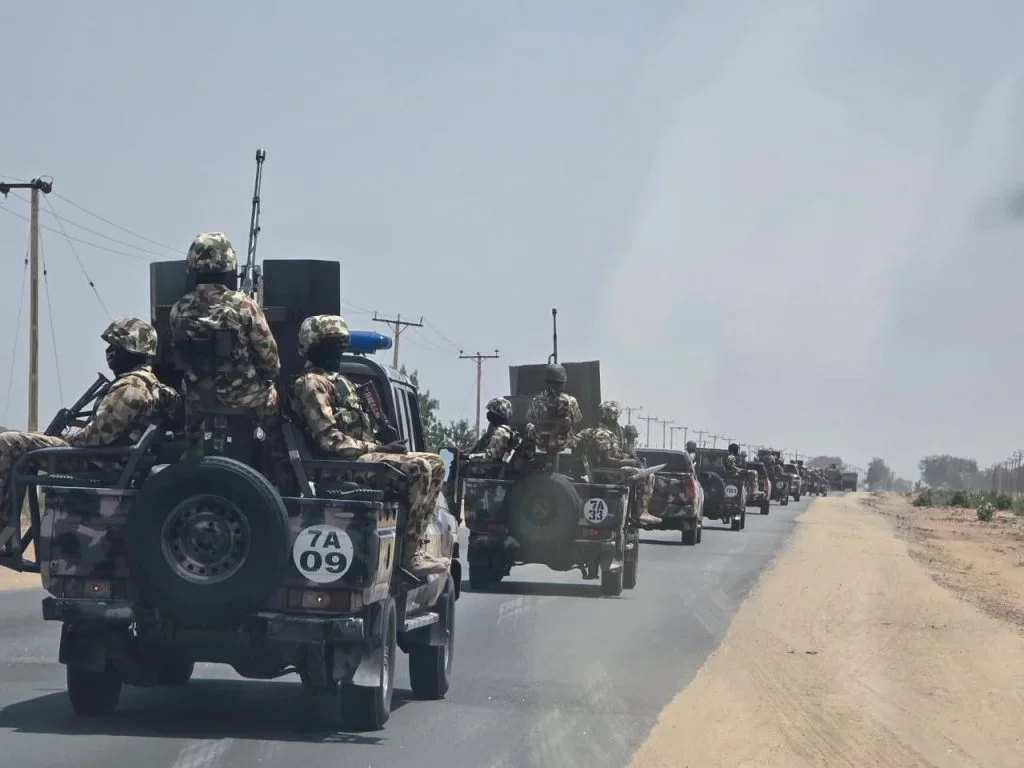It was supposed to be another rainy season. Instead, it has become a test of survival. In Ibaji Local Government Area of Kogi State, the water has done more than just creep past boundaries—it has swallowed entire communities. Homes once full of life now lie submerged. Roads are rivers. Fields, once green, now stretch under murky floodwater. Ota. Ofogbo. Itima. Owara. Ofogbo. The names of places etched with memories—now echoing with distress.
As the Rivers Niger and Benue swell beyond their banks, people gather what they can carry and flee to higher ground.
For many, there’s no time, no warning, no safety nets. They move toward hastily constructed Internally Displaced Persons (IDP) camps, carrying children, livestock, hopes. Facing not only loss of property but danger from disease, hunger, cold, and uncertainty, the people of Kogi find themselves in a race against rising water—and fading time.
How It Started
The flood completely submerged five communities in the Ibaji Local Government Area, Kogi State. The worst affected include Ota, Ofogbo, Itima, Owara, among others.
Due to rising water levels in Rivers Niger and Benue (with spillover expected), Kogi State has opened 42 IDP camps and an emergency operations centre to manage the displaced.
Experts have marked 258 communities in eight local government areas of Kogi as flood-prone.
The Health Ministry has mobilized professionals and materials; begun fumigation in IDP camps to mitigate disease outbreak, and emphasized that the next 72 hours will be critical.
Also Read: Nigeria @ 65: All Hands on Deck for a Greater Nation — Official Theme Unveiled
No casualties have been reported so far in this recent flood episode (so far, according to state officials).
What Must Be Done Immediately & For Longer-Term Resilience
Immediate Relief
* Speedy evacuation of people in danger zones, with safe routes.
* Adequate shelter, clean water, sanitation in IDP camps. Avoid disease outbreaks.
* Supply of food, medical care, clean bedding and clothing.
* Fumigation, vector control, health monitoring in camps.
Structural & Policy Solutions
* Building of flood defenses: levees, embankments, improving drainage.
* Early-warning systems, real-time dam discharge alerts, community awareness campaigns.
* Map and relocate flood-prone communities where possible, or strengthen their resilience (raise homes, build above flood lines).
* Long-term investment in rural infrastructure: roads, electricity, bridges, schools and hospitals that survive floods.
* Coordination between state, federal, hydrological services, and dam authorities. Transparent dam operation schedules.






